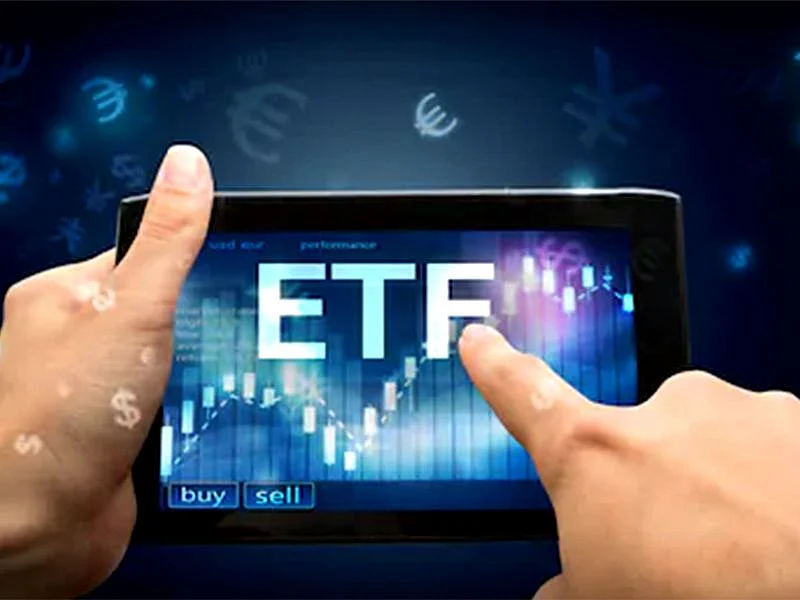Are you thinking of ETFs as the go-to investment strategy? Then, try this
A range of investment options open up through ETFs – what suits you best?

When the rubber hits the road – what can you do to turn investment strategy into action?
Most of us understand the benefits of investing for the future and what the different asset classes are. There are also different investment vehicles available to us – for instance, mutual funds, exchange-traded funds (ETFs) and individual stocks – and the relative strengths and weaknesses of these options.
However, given the plethora of options (pun not intended), this is also where investors can get caught in the weeds and give up. So how do we avoid falling into this trap?
Well, let’s assume that you have decided to use ETFs as your go-to vehicle for your equity investments. How do you then try to pick from the thousands of options available to you? There are three questions you need to answer.
What markets to invest in?
This is first step of narrowing down the process. For instance, you might want to get exposure to US equities. The natural US benchmark is the S&P 500 index which is the most tracked index globally. However, you might be worried about the concentration risk with this index – the top five stocks account for 24% of the index. Therefore, you choose the equal-weighted S&P 500 index, which contains the same stocks as in the S&P 500, but instead of weighting them by the value of the company, they have an equal allocation to each company to remove this concentration risk.
Alternatively, you might want to have a higher exposure to the US technology sector. In this case, an allocation to the Nasdaq index might make sense, although the top five companies account for a third of this index.
Of course, hopefully you are aware of the benefits of geographical diversification. So, you look at ETFs based on stock indices such as EuroStoxx 50, the UK’s FTSE 100 (or FTSE 250, if you want more exposure to the UK economy, rather than the UK’s export-oriented companies), Japan’s Topix and either the MSCI Asia ex-Japan or the MSCI Emerging Market index.
Once you have decided on this, you can consider how to allocate between the different options. Try not to overthink this too much.
Getting something approximately right is good enough. (You can use our asset allocation models as a starting point before refining based on your own preferences.)
What to look for in an ETF?
There are three really important things. The first thing to consider is the tax efficiency of the ETF. For instance, for a non-US investor, a UCITS-compliant ETF might be more tax efficient than a US-based ETF (for instance, for the S&P 500 index, the VOO ETF may be preferred over the SPY ETF).
Second, look at the expense ratio. Remember the main reason to choosing an ETF in the first place is its cost efficiency. Therefore, you might as well choose one with a lower cost, assuming the ability of the ETFs to track your chosen index is similar.
Third, the minimum investment amount required. For many investors, especially those just starting out on their investment journey, the available investment amounts can be quite small. But fret not, as there is an increasing number of ETFs that allow for lower minimum investments (eg. SPLG), which can make this more manageable.
How to invest in ETFs – lump sum, dollar-cost averaging or value-cost averaging?
The final part of the puzzle is the strategy for deploying your hard-earned money into the selected ETFs over time.
There are three main ways to do this.
First, via a lump sum investment i.e. invest all the money at one go. Theoretically and probabilistically, this is the best approach. However, having some cash on the sidelines to invest is a great emotional hedge, especially if markets weaken and assets go on sale.
This leads to the other two options – dollar-cost averaging and value-cost averaging. The former is the more well-known of the two strategies, which basically involves investing a fixed dollar amount every month.
The value-cost averaging approach means you have a target value for your portfolio over time. You then calculate the value of investments required, based on today’s pricing, to get there.
If the value of your portfolio increases, then you reduce the amount you invest and if the value falls, then you increase the size of investment. For instance, if the target value of your investments is $1,200 in a year’s time and you start with a $300 investment.
After three months, you revisit and see that the value is $320. This means that you will only need to invest USD 280 in the coming period. However, if the value had gone down to $550 three months later, you will need to invest USD 350 to get back on track.
The benefit of this approach is that you increase your investment quantum when markets go on sale and reduce it if markets perform well – effectively buying low and slowing investments (or potentially selling) when markets are high.
Of course, as with any plan, the key is execution. We know that the best time to invest is yesterday, the second-best time is today.
Therefore, it is important to just get started and then learn on the job, refining your investment deployment approach and precise asset allocation over time.
Network Links
GN StoreDownload our app
© Al Nisr Publishing LLC 2026. All rights reserved.